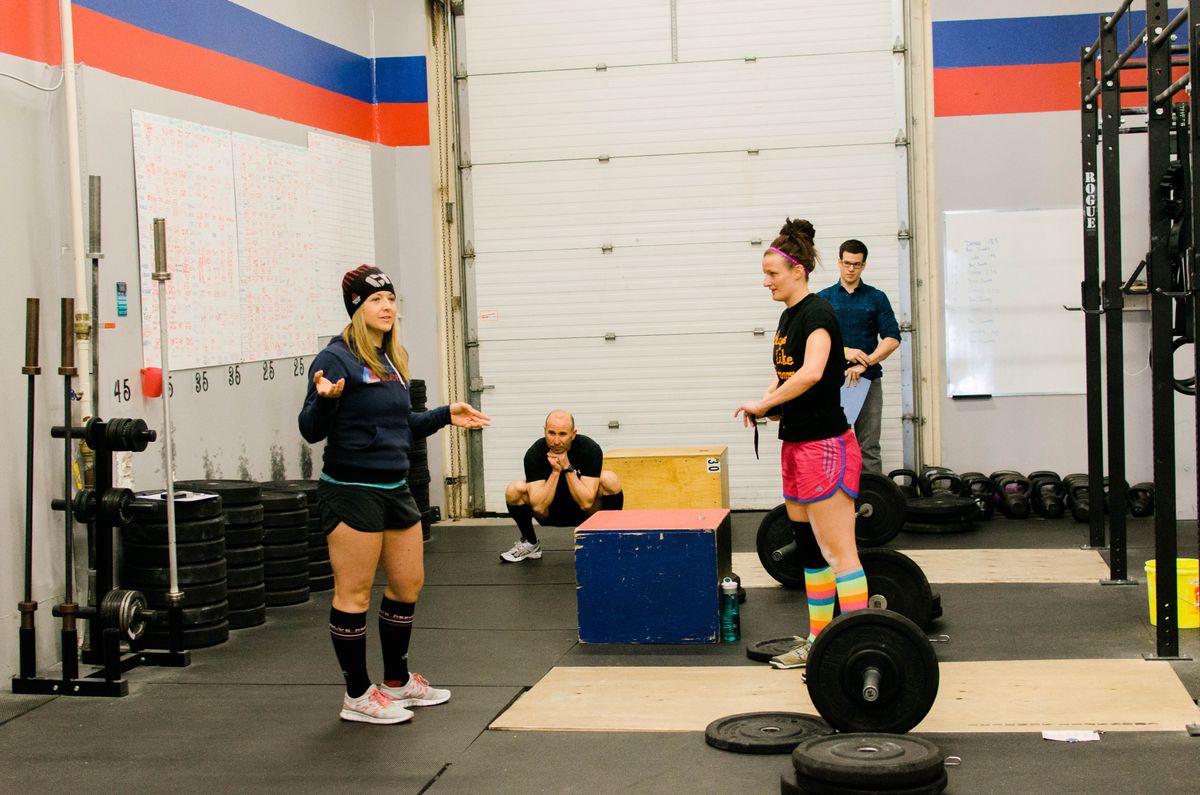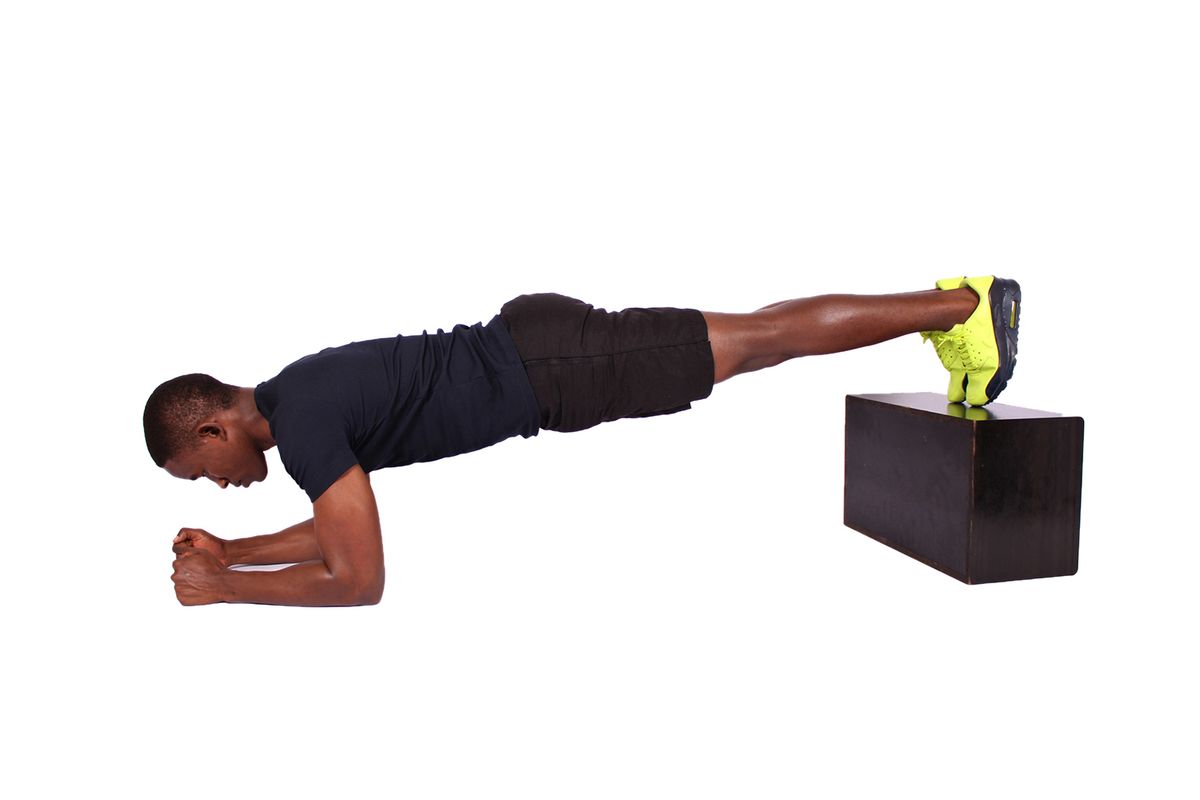
Easing Your Muscles: Strategies for Body Recovery After Workout
Soothe and Recharge: Post-Workout Recovery Essentials

Cool Down Routines to Ease Tension
After a grueling workout, your muscles are fired up - literally. Cooling down is crucial to ease the transition from the high of exercise to a state of rest. A proper cool down routine can prevent muscle stiffness and promote flexibility, making it a non-negotiable part of your workout regimen.
Cooling down should be gradual. Start by slowing down the intensity of your workout for 5-10 minutes. This could mean a gentle jog turning into a brisk walk. Then, transition into static stretches that target the major muscle groups you've worked on. Here's a quick list to get you started:
- Walk or slow jog
- Light dynamic stretches (e.g., leg swings, arm circles)
- Static stretches (hold for 15-30 seconds)
Remember, the goal is to lower your heart rate and begin the recovery process. Don't rush through your cool down - your muscles will thank you later.
Hydration is also a key component of cooling down. Replenishing fluids helps to regulate body temperature and replace any fluids lost through sweat. So, grab that water bottle and take a few sips as you ease out of your workout mode.
Stretching: Your Muscles' Best Friend
After pushing your limits with a killer workout, your muscles are screaming for some TLC. Stretching is the hero your body deserves, helping to alleviate that post-exercise tightness. It's not just about feeling good; it's about recovery. By elongating those fibers, you're paving the way for a quicker bounce back.
Stretching isn't just a cool-down ritual; it's a vital part of maintaining flexibility and preventing injury.
Here's a quick rundown of stretches that target major muscle groups:
- Quads: Stand on one leg, pull the other heel to your butt, hold for 30 seconds.
- Hamstrings: Sit down, legs straight out, reach for your toes, hold for 30 seconds.
- Chest: Find a doorway, place your forearm against the frame, lean forward, hold for 30 seconds.
- Shoulders: Bring one arm across your body, use the other to press it closer, hold for 30 seconds.
Remember, stretching should never be painful. If you're grimacing or holding your breath, ease up! Your muscles will thank you tomorrow.
Hydration and Nutrition: Fuel for Recovery
After pushing your limits with a solid workout, your body is in a prime state to absorb nutrients and repair those hard-worked muscles. Hydration is key, as it helps to flush out toxins and keep everything running smoothly. But it's not just about guzzling water—replenishing electrolytes is crucial to maintain balance.
Recovery isn't just about what you drink, though. Your post-workout meal should be a combo of carbs and proteins to restore energy and aid in muscle repair. Here's a quick breakdown:
- Carbs: Replenish glycogen stores for energy.
- Proteins: Provide the amino acids needed for muscle repair.
Remember, timing is everything. Try to get that recovery meal in within 45 minutes post-workout for optimal benefits.
Don't forget the micronutrients! Vitamins and minerals play a huge role in recovery, too. Think magnesium for muscle relaxation, vitamin C for tissue repair, and omega-3 fatty acids to combat inflammation.
Massage and Mobility: Unlocking Your Body's Potential
Self-Massage Techniques for Every Athlete
Unlocking the benefits of self-massage starts with understanding the tools at your disposal. From lacrosse balls to handheld massagers, each has its place in your recovery arsenal. Focus on areas that feel tight or sore, using gentle pressure to work out the knots.
- Start with light strokes on the affected muscle group.
- Gradually increase pressure, paying attention to how your body responds.
- Use circular motions or back-and-forth movements for deeper stimulation.
Remember, the goal is not to inflict pain but to aid in recovery and increase blood flow. If it hurts, ease up!
Incorporating self-massage after workouts can significantly reduce recovery time and enhance performance. Make it a habit, and your muscles will thank you.
Foam Rolling: Ironing Out the Kinks
Ever feel like your muscles are in a constant state of rebellion after a heavy workout? Foam rolling might just be the ally you need in your recovery arsenal. This self-myofascial release technique is like having a personal masseuse on call, working out those tight spots and improving blood flow.
- Start with gentle pressure on tender areas
- Roll slowly, no more than an inch per second
- Spend extra time on particularly sore spots
Remember, consistency is key. Regular foam rolling can lead to improved flexibility and decreased muscle soreness over time.
While it might seem a bit uncomfortable at first, the benefits of foam rolling are too good to pass up. It's not just about immediate relief; it's about keeping your body in prime condition for the next challenge. So grab that roller and get to work – your muscles will thank you!
Dynamic Mobility Drills for Better Movement
After you've rolled out the tension with your trusty foam roller, it's time to get those joints moving. Dynamic mobility drills are not just about stretching; they're about preparing your body for the movements it performs daily. These drills can improve your range of motion, reduce the risk of injury, and enhance overall athletic performance.
Dynamic mobility drills often involve moving parts of your body through their full range of motion in a controlled manner. Think of them as active stretches that not only lengthen the muscles but also engage them. Here's a quick list to get you started:
- Leg swings (front to back and side to side)
- Arm circles (small to large)
- Hip rotations (clockwise and counterclockwise)
- Lunge with a twist
- Inchworm walkouts
Remember, the goal is to move smoothly and with control. Rushing through these drills can do more harm than good, so focus on your form and breathing.
Incorporating these drills into your post-workout routine can help keep your muscles and joints happy. And when they're happy, you're less likely to face those dreaded days of stiffness and soreness. So take the extra few minutes to work on your mobility; your body will thank you for it!
Rest and Recuperation: Taking Time to Heal

The Power of Sleep in Muscle Recovery
Never underestimate the power of a good night's sleep, especially after a tough workout. Sleep is when your body does most of its healing, repairing muscle tissue and restoring energy levels. Aim for 7-9 hours of quality shut-eye to give your muscles the time they need to bounce back.
Sleep quality is just as important as duration. Make sure your sleeping environment is cool, dark, and quiet. Consider a bedtime routine that includes winding down for 30 minutes before lights out.
- Avoid caffeine and heavy meals close to bedtime.
- Disconnect from electronic devices at least an hour before sleep.
- Stick to a consistent sleep schedule, even on weekends.
Remember, sleep isn't a luxury—it's a crucial component of your recovery strategy. Skimping on sleep can lead to decreased performance, longer recovery times, and an increased risk of injury.
Active Rest Days: Finding the Balance
Taking a day off doesn't mean you have to be a couch potato. Active rest days are all about finding that sweet spot between recovery and staying on the move. It's about engaging in low-intensity activities that promote muscle healing without overexertion.
Active rest can include a variety of activities that keep the blood flowing and help your muscles recover. Here's a quick list to get you started:
- Light jogging or walking
- Gentle yoga or stretching
- Swimming
- Cycling at a leisurely pace
Remember, the goal is to stay active enough to aid recovery, but not so active that you're not resting.
Finding the right balance on active rest days is crucial for preventing burnout and injury. Listen to your body and choose activities that feel rejuvenating, not draining. Keep it light, keep it fun, and you'll be ready to hit your next workout with full force.
Listening to Your Body: Signs You Need a Break
It's easy to get caught up in the grind, pushing your limits in every workout. But sometimes, the best thing you can do for your muscles is to take a step back. Listening to your body is crucial; it knows when it's time to rest. Ignoring these signals can lead to overtraining and injury, which is the last thing any athlete wants.
Fatigue isn't just a feeling; it's your body's way of waving a red flag. If you're constantly feeling tired, experiencing a lack of progress, or having trouble sleeping, these are clear signs that you need to ease up. Here's a quick checklist to help you recognize when to hit the pause button:
- Persistent muscle soreness that doesn't improve with rest
- Elevated resting heart rate over several days
- Irritability or mood swings
- Decreased motivation or enthusiasm for training
Remember, taking a break is not a sign of weakness. It's a strategic move for long-term progress and health. Rest days can be just as important as training days in your fitness journey.
When you do decide to take a break, don't just collapse on the couch. Opt for active recovery methods like light walking, yoga, or swimming. These activities can help maintain your mobility and keep the blood flowing, aiding in your recovery without overtaxing your system.
Supplements and Superfoods: Boosting Your Body's Comeback

Protein Powders and Amino Acids: Building Blocks of Recovery
After pushing your limits with a killer workout, your muscles are in dire need of repair. Protein powders and amino acids come to the rescue, providing the essential building blocks your body craves to rebuild and strengthen muscle tissue.
Protein is vital for muscle recovery, but not all proteins are created equal. Whey, casein, and plant-based options each have their unique benefits. Here's a quick breakdown:
- Whey: Fast-absorbing, ideal for post-workout.
- Casein: Slow-releasing, perfect before bed.
- Plant-Based: Great for those with dairy sensitivities or following a vegan diet.
Remember, while supplements can help, they should complement a balanced diet, not replace it. Real food comes packed with additional nutrients that work synergistically for overall health.
Choosing the right supplement can be a game-changer for your recovery. Look for products with minimal additives and a complete amino acid profile to get the most bang for your buck. And always stay hydrated to help transport these nutrients to your tired muscles.
Anti-Inflammatory Foods to Speed Up Healing
Inflammation can be the bane of your existence after a tough workout, but the right foods can be your allies in the battle for recovery. Incorporating anti-inflammatory foods into your diet can significantly reduce muscle soreness and speed up healing.
Omega-3 fatty acids are superstars when it comes to fighting inflammation. You'll find them in abundance in fish like salmon and mackerel, as well as in flaxseeds and walnuts. Here's a quick list of anti-inflammatory champions to add to your grocery cart:
- Berries (strawberries, blueberries, raspberries)
- Leafy greens (spinach, kale, collards)
- Nuts (almonds, walnuts)
- Fatty fish (salmon, mackerel, sardines)
- Whole grains (brown rice, oatmeal)
- Spices (turmeric, ginger)
Remember, it's not just about what you eat, but also about maintaining a balanced diet. These foods are not just good for recovery; they're great for overall health!
Don't underestimate the power of spices like turmeric and ginger. They've been used for centuries to treat a variety of ailments, and modern science backs their anti-inflammatory properties. A sprinkle here and a dash there can make a world of difference in your post-workout recovery.
Vitamins and Minerals: The Unsung Heroes
While we often focus on macronutrients like protein and carbs, vitamins and minerals play a pivotal role in muscle recovery. They're the unsung heroes that support enzyme functions, nerve signaling, and tissue repair. Without them, our bodies wouldn't be able to effectively process the other nutrients we consume.
Vitamin C and E are powerful antioxidants that help protect muscle cells from damage, while B vitamins are crucial for energy production. Minerals like magnesium and zinc are essential for muscle function and protein synthesis. Here's a quick rundown of some key players:
- Vitamin C: Antioxidant, helps with collagen formation
- Vitamin E: Protects cells from oxidative stress
- B Vitamins: Aid in energy production
- Magnesium: Involved in muscle contraction and relaxation
- Zinc: Essential for protein synthesis and immune function
Remember, while supplements can help, the best way to get your vitamins and minerals is through a balanced diet full of colorful fruits and veggies, lean proteins, and whole grains.
Don't underestimate the power of these micronutrients. A deficiency can lead to fatigue and prolonged recovery times, so make sure your post-workout meal is as colorful as your workout gear!


